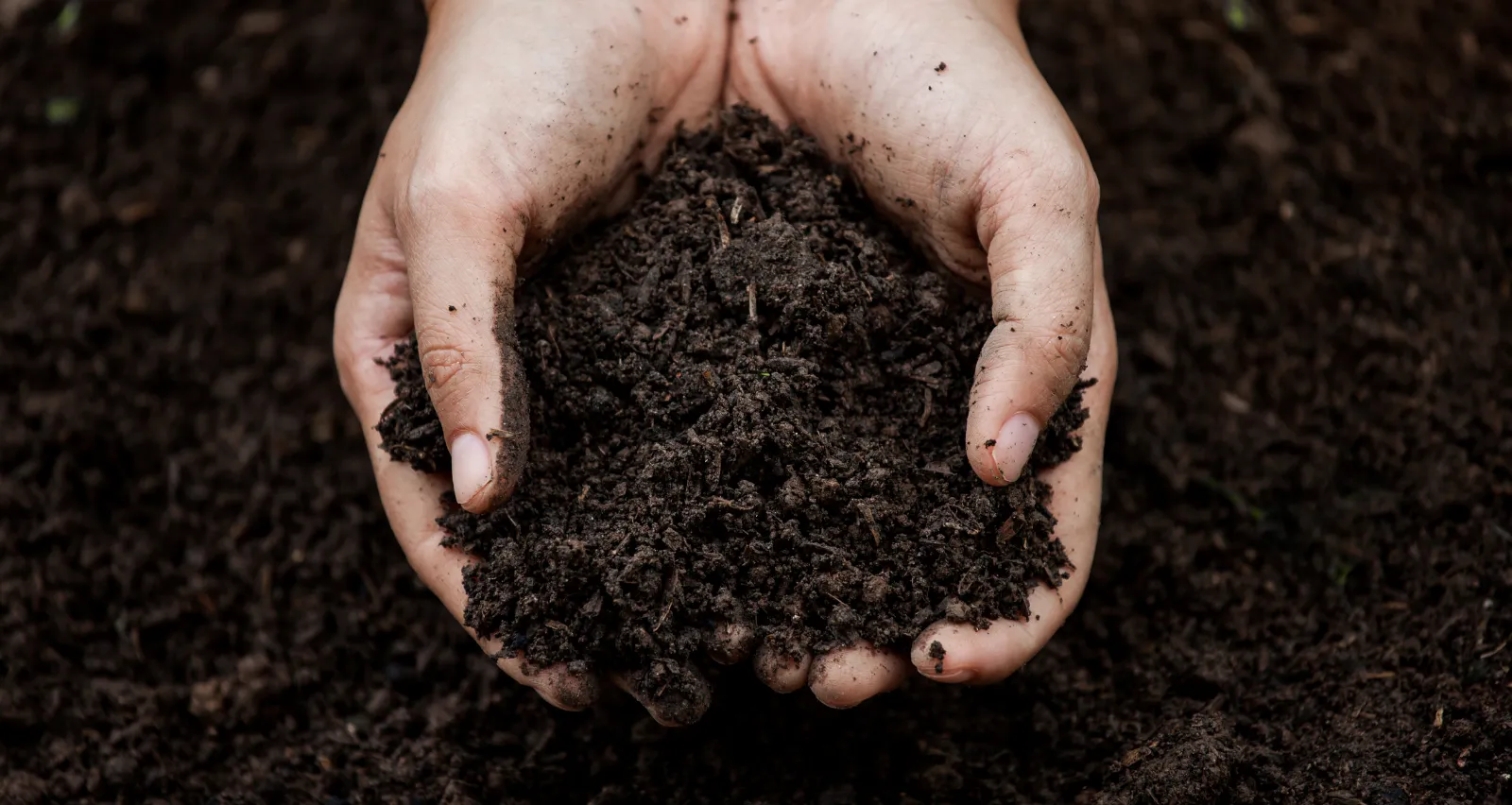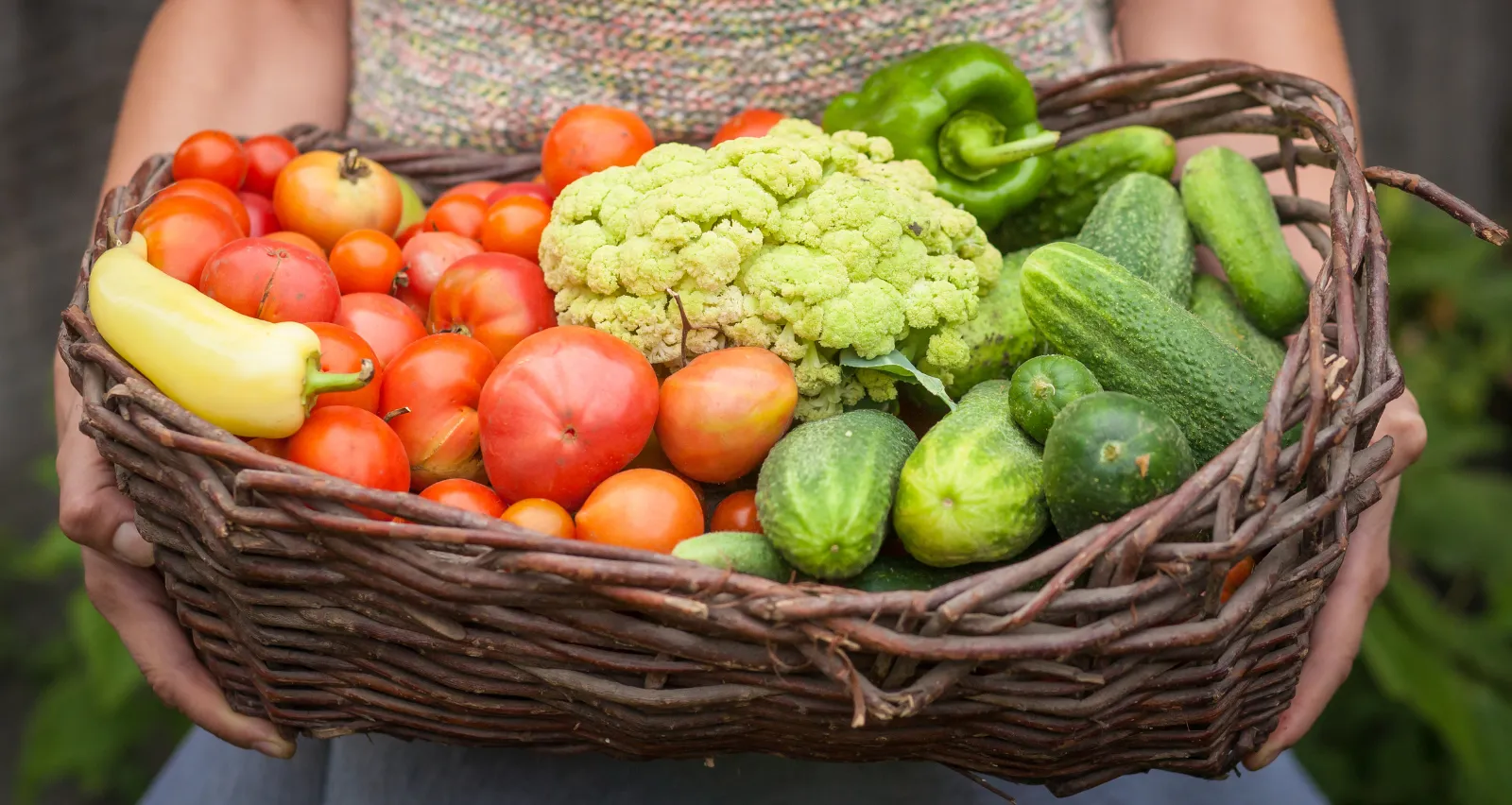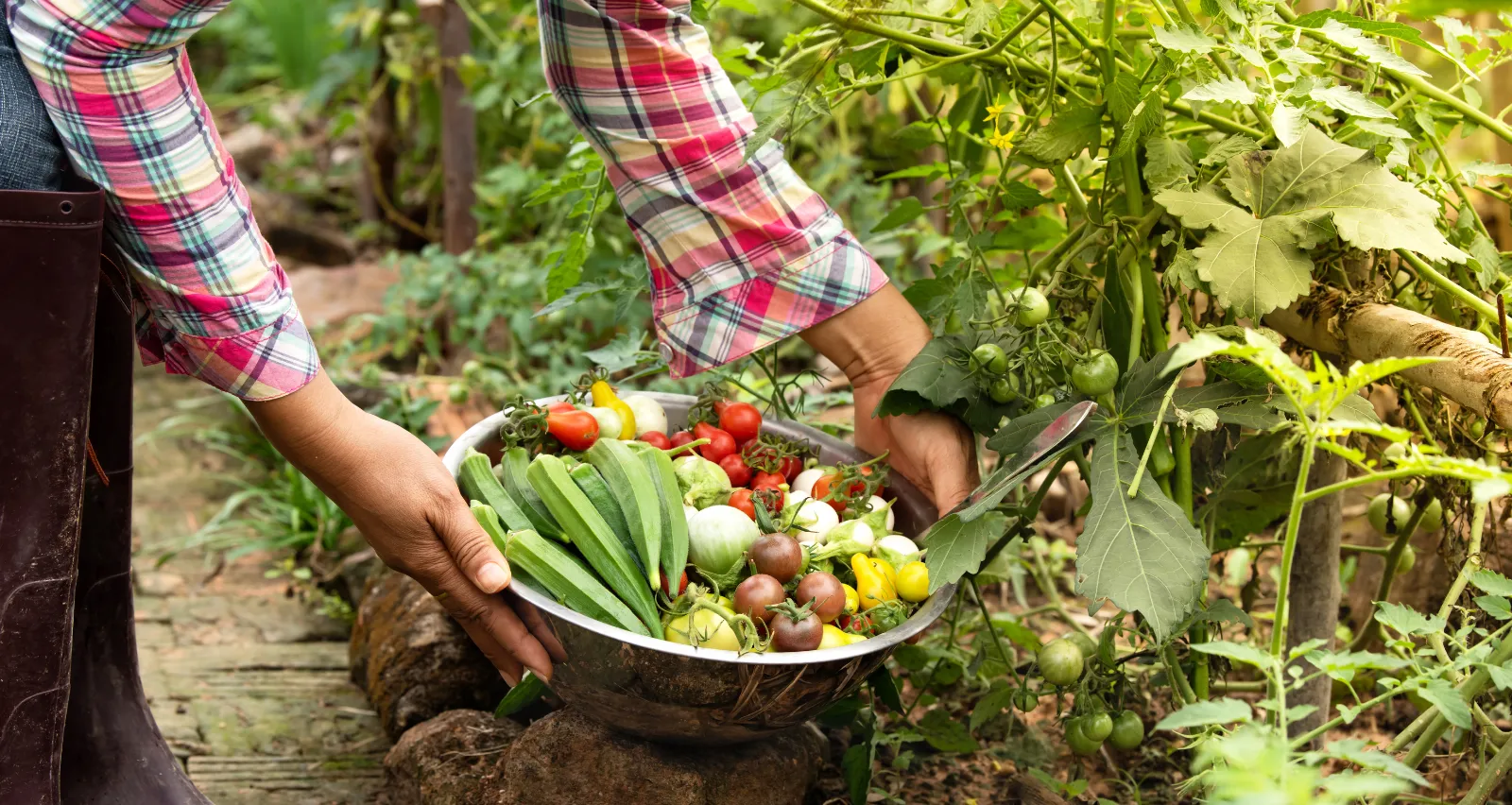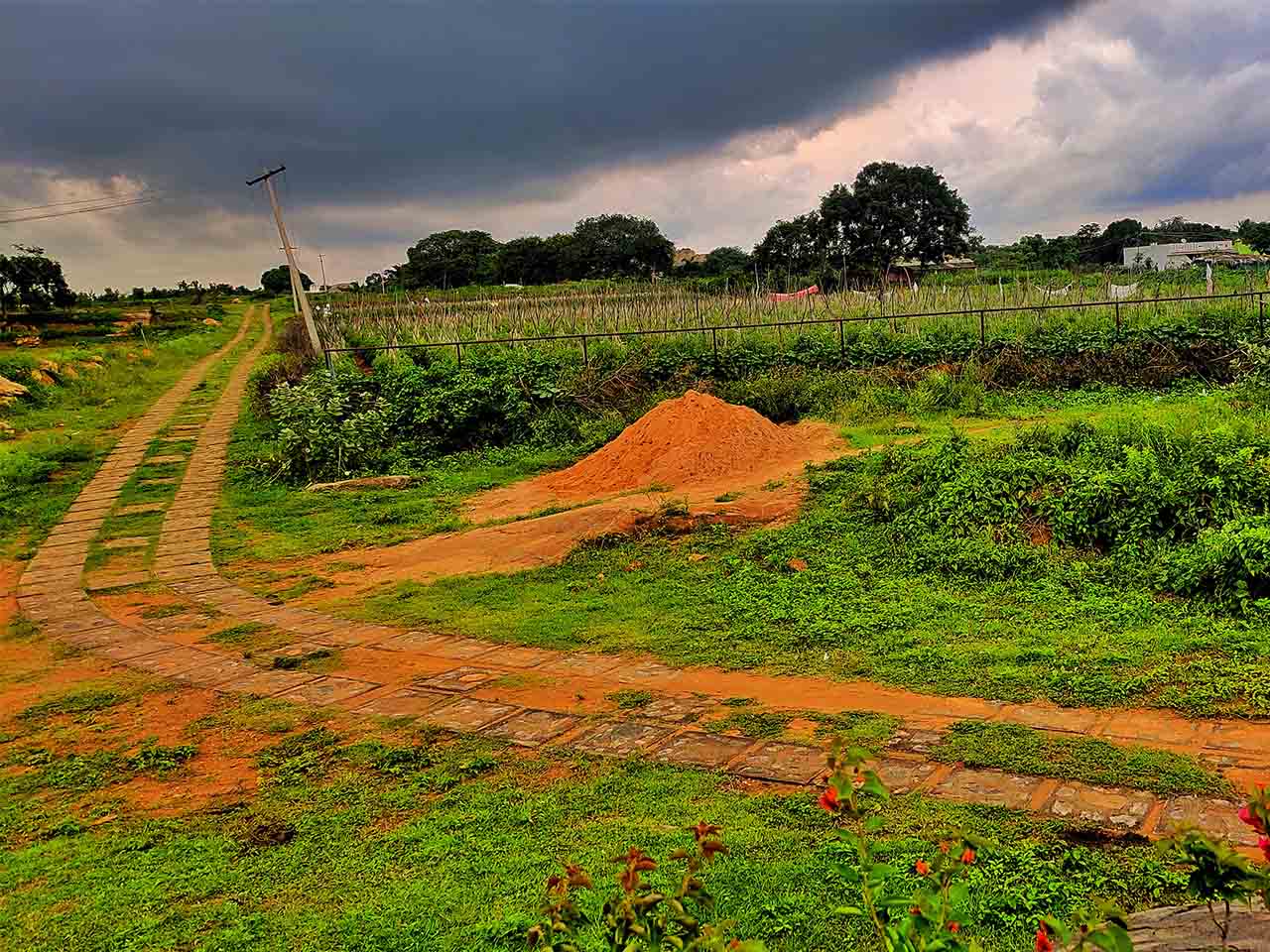
The monsoons are a lifeline for Indian agriculture, but their erratic nature leaves farmers vulnerable to droughts and water scarcity. This uncertainty disrupts crop production and threatens livelihoods. However, a simple yet powerful solution exists: rainwater harvesting! This blog explores how rainwater harvesting empowers Indian farms by capturing precious rainwater and ensuring water security throughout the year.
What is Rainwater Harvesting?
Rainwater harvesting is the process of collecting, storing, and utilizing rainwater for various purposes, including agriculture. This can be achieved through various techniques, such as constructing tanks, ponds, or underground cisterns to collect rainwater runoff from rooftops or designated catchment areas.
Benefits of Rainwater Harvesting for Farms
- Improved Water Security: Captured rainwater provides a reliable source of irrigation during dry periods, mitigating dependence on unpredictable monsoons.
- Increased Crop Yields: Consistent access to water allows farmers to cultivate drought-resistant crops and potentially even extend their planting seasons.
- Reduced Reliance on Groundwater: Rainwater harvesting reduces the pressure on depleting groundwater resources, promoting sustainable water management practices.
- Cost-Effectiveness: Once the initial rainwater harvesting system is set up, the water source becomes virtually free, reducing reliance on expensive irrigation methods.
Government Initiatives
The Indian government recognizes the importance of rainwater harvesting and has launched several programs to encourage its adoption. These include subsidies for constructing rainwater harvesting systems, technical assistance for farmers, and promoting awareness campaigns.
Challenges and Considerations
While rainwater harvesting offers significant benefits, there are challenges to address. These include initial investment costs, ensuring adequate storage capacity for captured rainwater, and managing evaporation losses. Additionally, choosing the most suitable rainwater harvesting technique depends on factors like farm size, rainfall patterns, and soil type.
The Road to Water Resilience
Despite the challenges, rainwater harvesting holds immense potential for empowering Indian farms and transforming them into self-sufficient water management units. By combining government initiatives, community engagement, and innovative techniques, rainwater harvesting can become a cornerstone of water security and sustainable agricultural practices in India.









